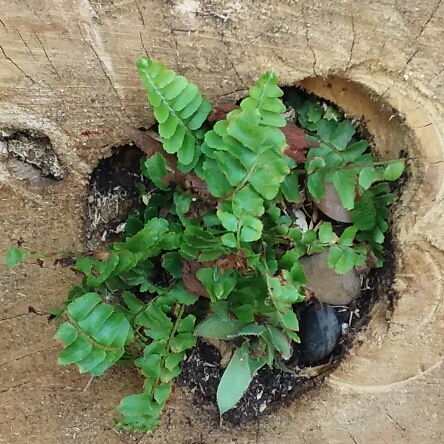
Nephrolepis obliterata 'Shiva'
Kimberley Queen Fern 'Shiva'
Kimberley Queen has large fronds and upright bushy, sword-shaped leaves. Be careful to water consistently, keeping the soil moist - not wet - at all times.
Contributed by @kimguy
-
Partial shade
-
Occasional watering
-
Not Frost hardy
-
Moist and free draining
Common name
Kimberley Queen Fern 'Shiva'
Latin name
Nephrolepis obliterata 'Shiva'
type
Fern
family
Nephrolepidaceae
ph
6.5 - 7.5 Acid - Neutral
Plant & bloom calendar
-
Best time to plant
full grown dimensions
 1.80 M
0.90 M
1.80 M
0.90 M
Nephrolepis obliterata 'Shiva'
Kimberley Queen has large fronds and upright bushy, sword-shaped leaves. Be careful to water consistently, keeping the soil moist - not wet - at all times.
Planting young plants
From Early Spring TO Early Summer
When planting, it's really important not to bury the crown as this will lead to crown rot and the eventual death of your plant. If re-potting a pot grow plant, only repot if you are happy for the plant to grow bigger and even then, only when the roots have filled the existing pot. Take extra care to keep the fern at the same soil level it sat at before. As a houseplant, it needs warm to average warmth during the day with a natural decrease in temperature at night will work wonders on the foliage, 16°C - 26°C / 60°F - 80°F. In any case, no lower than 10°C / 50°F.
Propagation
From Early Spring TO Early Summer
It's usually most productive to divide a large plant into 2 or 3 pieces when you repot, or a more reliable approach is to look out for "baby" ferns appearing on "runners" at the edges of the pot. After they are large enough to handle they can be cut away from the "runner" and potted up in a similar compost mix.








